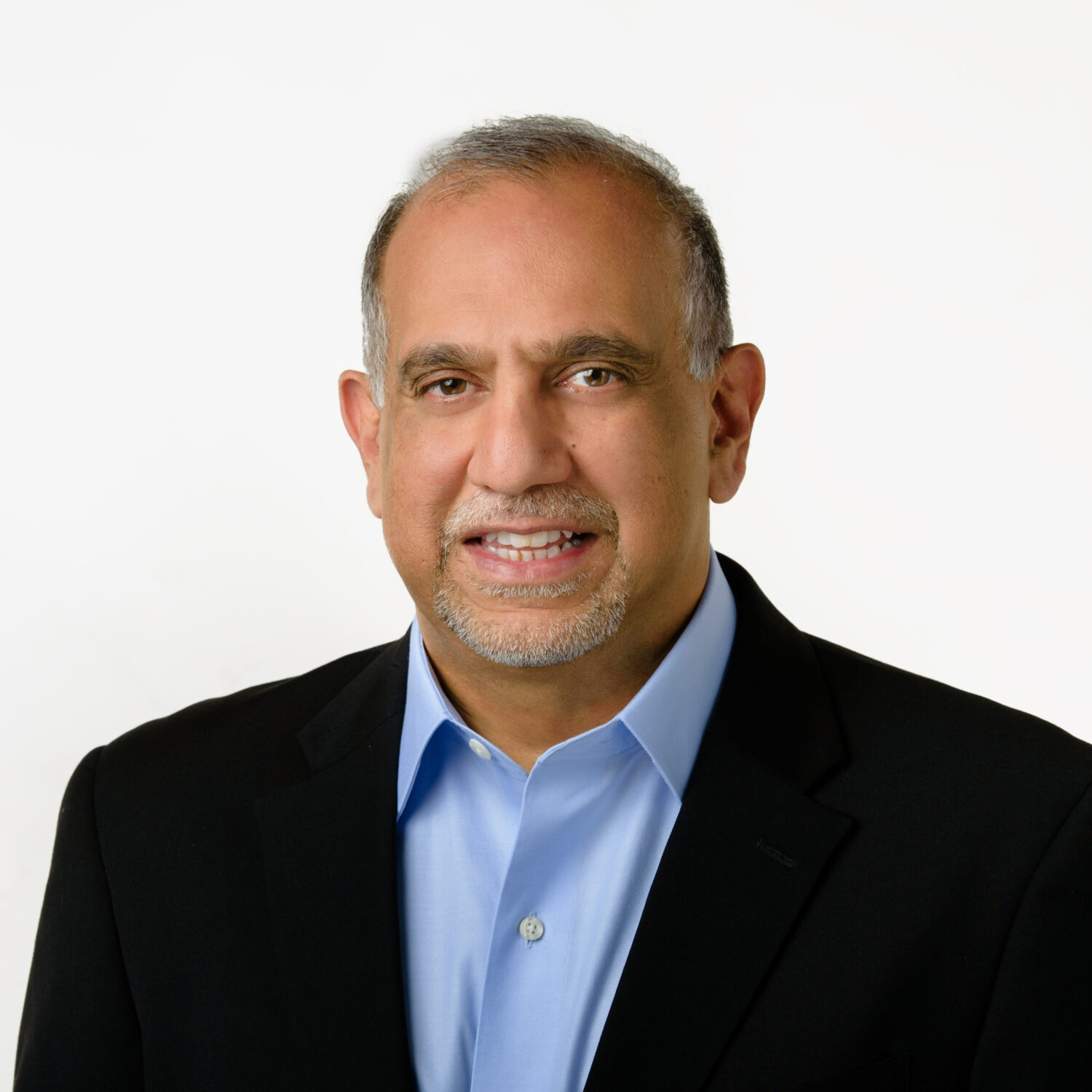
Across life sciences, experts boldly predict that data is the new currency—and that mobilizing data from clinical trials, wearable devices and even social media will ignite innovation in 2022. But leveraging data for innovation depends not just on data analytics, but also access to the right data and timely analysis.
As the amount of data that life sciences experts have at their fingertips explodes, with leaders tapping into real-world evidence from smartphone apps, wearable devices and even Twitter for clinical discovery, more than 66% of health and life sciences leaders say their companies use data to drive innovation with data. Meanwhile, half of life sciences leaders report increased data investments.
Yet even as digital transformation and advanced analytics propel data-fueled discovery—with experts predicting biopharma innovation advanced 10 years during the first 10 months of the pandemic alone—life sciences companies still face challenges capturing and analyzing data in a timely fashion. These data breakdowns hamper research. They also slow down efforts to put new drugs and products into consumers’ hands.
Smoothing the Path for Data-Fueled Discovery
How can life sciences companies eliminate the data breakdowns that stand in the way of more efficient research and discovery? Here are three approaches to consider.
No. 1: Break down backlogs in data processing and analytics. So often, life sciences organizations believe they must handle data processing internally. They build their own data analytics platforms and rely on employees to aggregate data from disparate sources and extract metadata for analysis. But building a data analytics platform internally is an expensive proposition. It requires the right skillsets at a time when there is a shortage of data analysts and data scientists. And, at a time when the amount of real-world evidence available for analysis continues to surge, life sciences companies need platforms that are highly modular, scalable, and secure platforms for AI engineering and analytics. It’s a combination of attributes that shouldn’t be left to chance.
Instead of building and deploying their data analytics platform, life sciences teams could strengthen their ability to compete by focusing on procuring the data they need for research and development. Today, leading organizations invest in data-as-a-service platforms that shift responsibility for collecting and managing data and maintaining their data infrastructure to an outside partner. This frees data scientists to identify the sources of data that will better position their company to compete in innovation. It also gives data analysts a more agile platform for applying artificial intelligence (AI) and machine learning (ML) to their data to advance research that improves health.
No. 2: Ensure your digital platform can handle the continued surge in real-world data. As the volume of data available for real-world analysis continues to surge, life sciences organizations need to know that their data platform can scale as demands for rapid analysis of large quantities of data become more intense. Key to this effort: Creating an infrastructure flexible enough to handle any data workflow. For example, a data platform based in the cloud provides greater total capacity and access to a larger variety of services for ingesting, processing, and gaining insights from data. Such a platform provides a basic underpinning for large-scale collaboration. It also supports efforts to reanalyze archived data, including privacy-protected data.
One global life sciences company used to maintain its data in a proprietary format, but leaders found that this approach strangled its ability to quickly pull data for analysis. The company worked with an outside provider to create an automated, highly secure platform that could standardize proprietary datasets, identify and extract metadata, and store the data in a data warehouse for easier access and analysis. The impact: The company can now query its entire dataset for research that propels breakthrough discoveries in clinical diagnostics.
No. 3: Consider a cloud-based data analytics approach. Today, there are software-as-a-service solutions that allow life sciences companies to pay only for the data analytic capabilities they need. This gives organizations instant access to cutting-edge security and advanced analytics that help derive meaningful insight from large quantities of data. That’s especially valuable in fields like genetics, where public archives for raw sequencing data double in size every 18 months. It also provides a practical and cost-effective way for life sciences organizations to deliver on their data strategy.
For instance, some life sciences organizations rely on cloud-based analytics to automate data lake management. It’s an approach that frees up researchers, data scientists and IT teams to focus on more strategic initiatives, such as use cases and applications uncovered via data analysis.
A More Modern Method for Fast-Paced Discovery
Advancements in data discovery in pharma and biotech are changing lives across the globe, but life sciences companies need an agile approach to data capture, data processing and data analytics to stay ahead of the curve. Eliminating breakdowns in data processing and discovery will deepen organizations’ impact in 2022 and beyond.
About Sudish Mogul
Sudish Mogul is the Chief Technology Officer of Healthcare Triangle. As the CTO, Sudish drives the overall strategic vision of Healthcare Triangle and is responsible for the product strategies of next generation applications and solutions for customers in regulated industries such as Life Sciences, Pharma, Healthcare and Financial Services.
Prior to Healthcare Triangle, he held several leadership positions at Cisco Systems, heading Product strategy and development groups in the areas of cloud-based unified collaboration, network design and management, and enterprise video.
